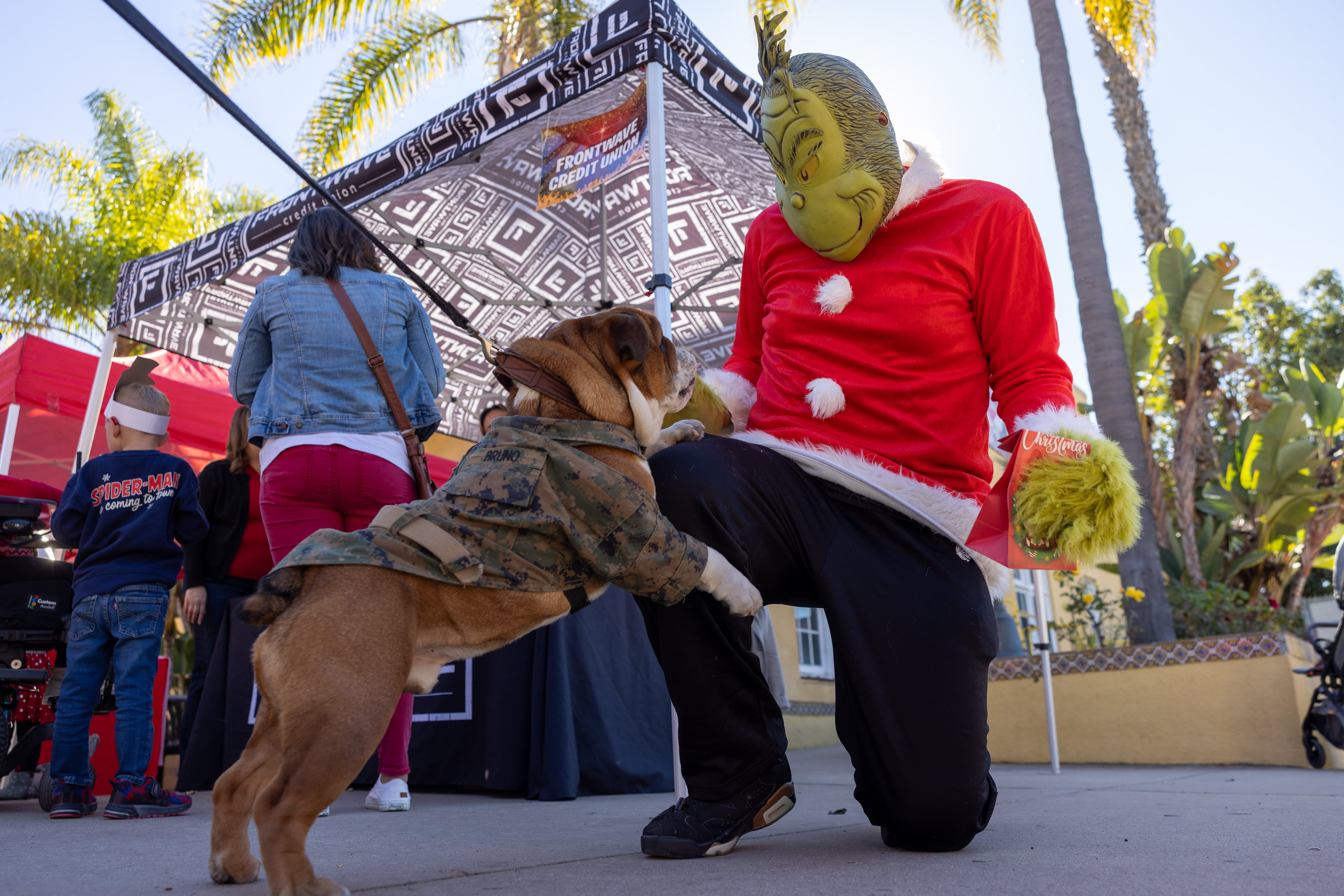The Army last week inched closer to an open competition for companies looking to participate in full-scale production of Manpack Radios, a key platoon-level communications tool that has taken a rocky path to Army-wide fielding.
The draft Request for Proposals, announced on FedBizOpps on April 3, will initiate procurement of 60,000
on April 3, will initiate procurement of 60,000 new Manpacks produced from 2017 through 2032
new Manpacks produced from 2017 through 2032 . A press release said contracts will go to multiple vendors as they compete for separate delivery orders in a "radio marketplace."
. A press release said contracts will go to multiple vendors as they compete for separate delivery orders in a "radio marketplace."
But as the Army fielded its first batch of Manpacks, poor testing held it back. A 2014 report on delayed technologies by the Office of the Director, Operational Test & Evaluation notes the Manpack had, in 2010, been slated for full-rate production in 2012. But poor system performance of the radios, produced by General Dynamics
notes the Manpack had, in 2010, been slated for full-rate production in 2012. But poor system performance of the radios, produced by General Dynamics and Rockwell Collins
and Rockwell Collins so far, have pushed that date back more than four years.
so far, have pushed that date back more than four years.
The DOT&E annual report in 2014 said that the radios were "not operationally effective" when employed on dismounted operations. An Army report complained that Manpack weighed roughly twice as much as existing SINCGARS radios they replace, and that they exhibited half their range and much-shortened battery life.
Since the Army has only produced a draft RFP, the requirements for the radio are not set in stone and may adjust based on comments from industry. Mehney said feedback has already influenced the draft RFP, which asks companies to make Manpacks that facilitate additional types of waveforms (which could expand range and connectivity) and to lighten the load.
Size, range, battery life and other capabilities could continue to improve over the years. Since the radios will be procured through several smaller contracts rather than in a single reward, different companies and new technologies can enter the fray as the fielding continues, even after the first contracts are awarded.





